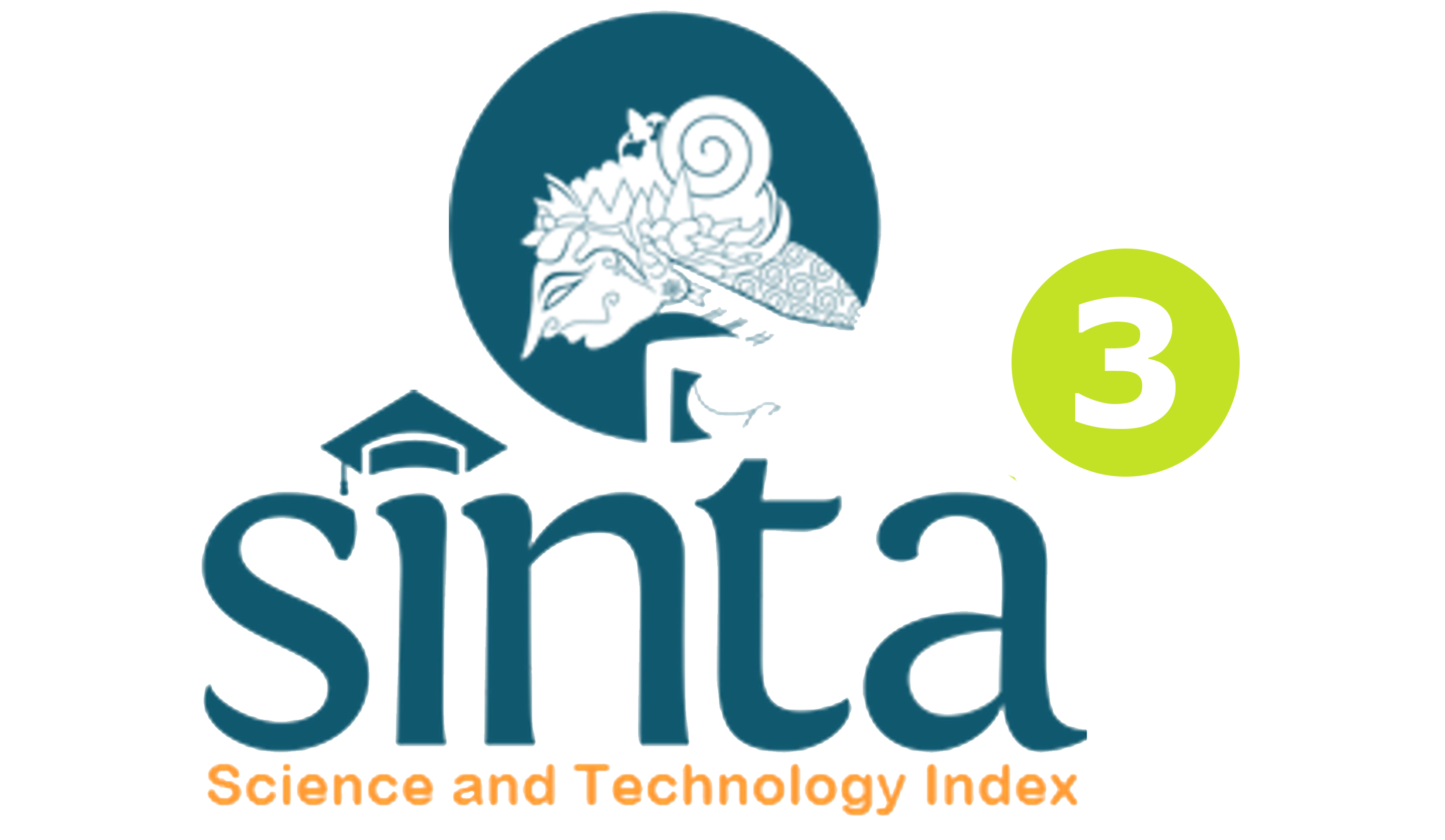EFEKTIVITAS KONSELING BEHAVIORAL DENGAN TEKNIK MODELING UNTUK MENGOPTIMALKAN PENYESUAIAN DIRI SISWA KELAS X SMK NEGERI 2 SINGARAJA TAHUN PELAJARAN 2013/2014
DOI:
https://doi.org/10.23887/jibk.v2i1.3784Abstract
Tujuan penelitian ini adalah untuk mengetaruhi efektivitas konseling behavioral dengan teknik modeling untuk mengoptimalkan penyesuaian diri siswa kelas X SMK Negeri 2 Singaraja Tahun Pelajaran 2013/2014. Desain penelitian yang digunakan dalam penelitian ini adalah desain kuasi eksperimen. Populasi penelitian ini adalah kelas X jurusan akomodasi perhotelan dan tata kecantikan SMK Negeri 2 Singaraja. Sampel penelitian ditentukan dengan teknik purposive sampling, yaitu pengambilan sampel dengan yang ditentukan peneliti karena karakter khusus tertentu. Sampel penelitian sebanyak 20 orang siswa dengan penyesuaian diri yang buruk yang diambil dari populasi penelitian. Rancangan penelitian yang digunakan adalah posttest only control group design. Metode pengumpulan data utama menggunakan sosiometri dan kuisioner. Metode pengumpulan yang lainnya berupa observasi dan wawancara. Dari hasil penelitian dan analisis data menggunakan t-test, didapatkan bahwa konseling behavioral dengan teknik modeling efektif untuk mengoptimalkan penyesuaian diri siswa. Hal ini dilihat dari hasil analisis data hasil penelitian yang diperoleh thitung = 5,09 dan ttabel dengan db = 18 dan taraf signifikansi 0,05 atau 5% adalah 2,101, dengan demikian diperoleh perbandingan thitung > ttabel (5,09 > 2,101). Sehingga dapat disimpulkan bahwa hipotesis alternatif diterima dengan kata lain “Konseling Behavioral dengan Teknik Modelling Efektif Mengoptimalkan Penyesuaian Diri Siswa Kelas X SMK Negeri 2 Singaraja Tahun Pelajaran 2013/2014.Kata Kunci : Konseling Behavioral, Teknik Modeling, Penyesuaian Diri
The purpose of this study was to mengetaruhi effectiveness of behavioral counseling with modeling techniques to optimize the adjustment class X SMK N 2 Singaraja academic year 2013/2014. The research design used in this study was a quasi-experimental design. The study population was a class X hospitality and accommodation department procedures SMK N 2 Singaraja beauty. The research sample was determined by purposive sampling technique, ie sampling with a researcher specified as certain special characters. Samples are 20 students with poor adjustment were taken from the study population. The research design used was a posttest only control group design. The main data collection method using sociometry and questionnaires. Other collection methods such as observation and interviews. From the research and data analysis using t-test, it was found that behavioral counseling with effective modeling techniques to optimize the adjustment of students. It is seen from the results of the analysis of research data obtained t = 5.09 and t-table with db = 18 and a significance level of 0.05 or 5% is 2.101, thus the comparison tcount> t-table (5.09> 2.101). It can be concluded that the alternative hypothesis is accepted in other words "Counseling Effective Behavioral Modeling Technique Optimizing Adjustment Class X Students of SMK Negeri 2 Singaraja academic year 2013/2014.
keyword : Behavioral counseling, Modeling Techniques, Self Adjustment
Downloads
Published
Issue
Section
License
Jurnal Ilmiah Bimbingan Konseling Undiksha is an Open Access Journal. The authors who publish the manuscript in this journal agree to the following terms:
JIBK is licensed under a Creative Commons Attribution 4.0 International License. This permits anyone to copy, redistribute, remix, transmit and adapt the work provided the original work and source is appropriately cited.
This means:
Jurnal Ilmiah Bimbingan Konseling is licensed under a Creative Commons Attribution 4.0 International License.
(1) Under the CC-BY license, authors retain ownership of the copyright for their article, but authors grant others permission to use the content of publications in JIBK in whole or in part provided that the original work is properly cited. Users (redistributors) of JIBK are required to cite the original source, including the author's names, JIBK as the initial source of publication, year of publication, volume number, issue, and Digital Object Identifier (DOI); (2) The authors are the copyright owner of the article, and the author grants the JIBK held the first publication right.









.png)

.jpg)
